 Damage to Fourth Avenue in Anchorage, Alaska, caused by the magnitude 9.2 Good Friday Earthquake in 1964.(USGS)
Damage to Fourth Avenue in Anchorage, Alaska, caused by the magnitude 9.2 Good Friday Earthquake in 1964.(USGS) When it comes to a devastating earthquake in California, the question isn't if, but when?
What magnitude would qualify as "big one," and what would the resulting disaster look like?
In light of the magnitude 7.2 earthquake that struck Mexico's Baja California on Sunday and the continuing aftershocks, nervous residents are worrying over these questions and wondering about the seismic future of the Sunshine State.
In 1960 a 9.5 quake struck Chile, the most powerful ever recorded. In 1964, a 9.2 hit in Alaska. California isn't likely to register a quake of that magnitude, but "the big one" still could be destructive.
"We probably don't have faults large enough to generate an 8.0 except in the very northern part of the state, off Mendicino -- the Cascadia subduction zone," explains California state geologist Dr. John Parrish. That fault line runs from Northern California up to Vancouver, and it has probably generated big ones in the past."In fact, we think there was a greater-than-8 quake in 1700, which generated a sea wave called a tsunami when it hit Japan," he said. Still, anything larger than a 5 has the power to cause structural damage, he explained.
It's not clear what would happen if a truly massive quake hit California -- on the magnitude of, say, a terrifying 9.2. No scientific data exists, and geologists and policy makers are almost superstitiously loathe to speculate.
But if predictions from the Great California Shakeout are any indication, even a lesser massive quake could be devastating....
READ MORE
What magnitude would qualify as "big one," and what would the resulting disaster look like?
In light of the magnitude 7.2 earthquake that struck Mexico's Baja California on Sunday and the continuing aftershocks, nervous residents are worrying over these questions and wondering about the seismic future of the Sunshine State.
In 1960 a 9.5 quake struck Chile, the most powerful ever recorded. In 1964, a 9.2 hit in Alaska. California isn't likely to register a quake of that magnitude, but "the big one" still could be destructive.
"We probably don't have faults large enough to generate an 8.0 except in the very northern part of the state, off Mendicino -- the Cascadia subduction zone," explains California state geologist Dr. John Parrish. That fault line runs from Northern California up to Vancouver, and it has probably generated big ones in the past."In fact, we think there was a greater-than-8 quake in 1700, which generated a sea wave called a tsunami when it hit Japan," he said. Still, anything larger than a 5 has the power to cause structural damage, he explained.
It's not clear what would happen if a truly massive quake hit California -- on the magnitude of, say, a terrifying 9.2. No scientific data exists, and geologists and policy makers are almost superstitiously loathe to speculate.
But if predictions from the Great California Shakeout are any indication, even a lesser massive quake could be devastating....
READ MORE

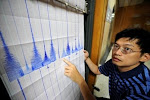
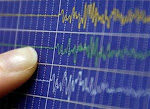
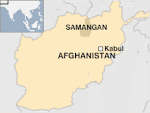







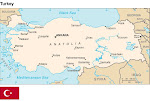
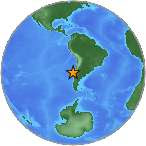




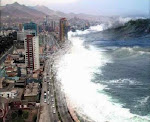

.jpg)


.bmp)
No comments:
Post a Comment